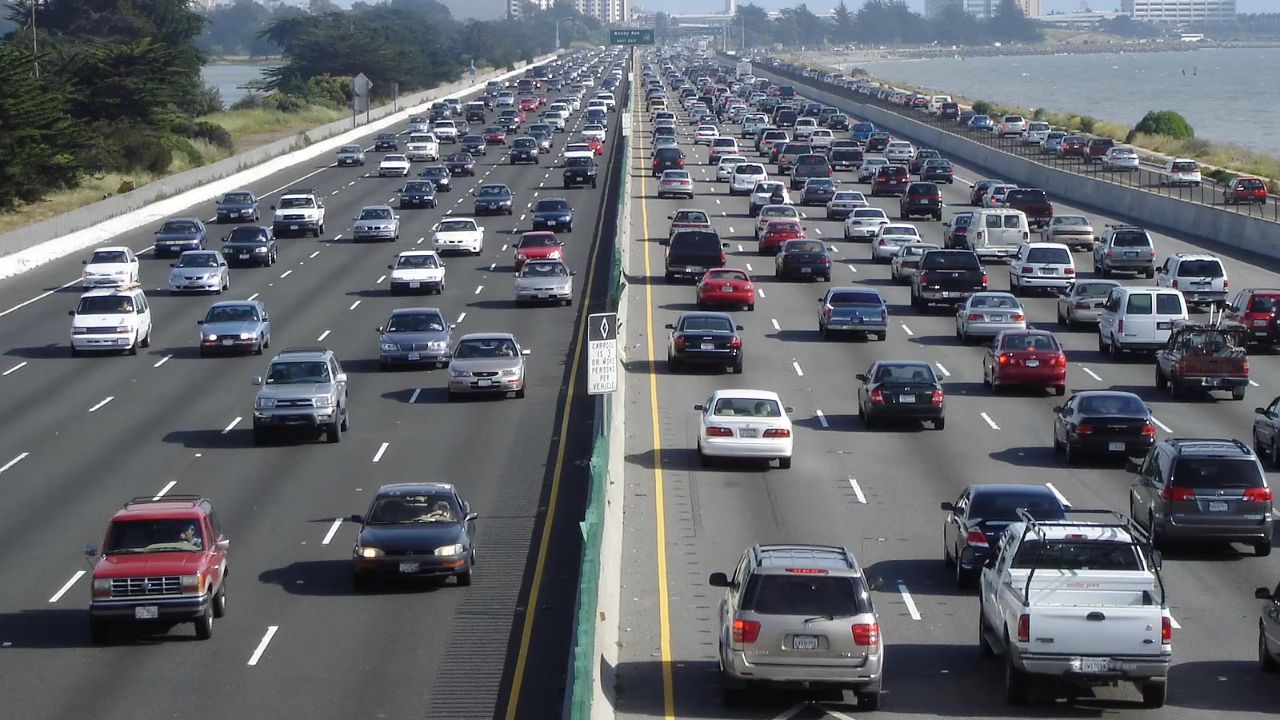That enigmatic price you pay for your car insurance is complex and takes many factors into account. Did you know your car’s COE category is one of them?
It’s important to understand what you’re paying for, and more so when it comes to insurance premiums, as they don’t cost just a dollar or two. Unfortunately, these big commitments aren’t the easiest to wrap your head around, whether you’re a first-time buyer or a seasoned car owner. In this guide, I’ll take you through everything you need to know about the connection between COE and car insurance.
What is COE?
A Certificate of Entitlement (COE) essentially functions as a permit to register a car in Singapore. If you bid for and successfully obtain a COE, you’ll be able to use your car for up to 10 years, after which you can either renew your COE or bid for a new one.
The Land and Transport Authority (LTA) controls the number of COEs issued to set a maximum quota for the number of new vehicles that can be registered in Singapore. This ensures that the vehicle population doesn’t grow beyond the limited space available on our little island.
If you’re thinking about buying a new car, the COE will play a huge role in determining its overall cost. Depending on what category your COE falls in, its price can reach up to 5 figures! 😱
The 5 COE categories and what they mean
There are 5 categories of vehicles in Singapore, and each has its own COE category:
- Category A
- Non-fully electric cars with engines up to 1,600cc and Maximum Power Output up to 97kW (130bhp).
- Fully electric cars with Maximum Power Output up to 110kW (147bhp).
- These cars are generally more affordable, mass-market cars.
- Category B
- Non-fully electric cars with engines above 1,600cc or Maximum Power Output above 97kW (130bhp).
- Fully electric cars with Maximum Power Output above 110kW (147bhp).
- This category is typically for larger, more powerful, or luxury vehicles.
- Category C
- Goods vehicles and buses
- Category D
- Motorcycles
- Category E
- Open category for any vehicle type except motorcycles.
- This category typically has the highest and most volatile premiums due to flexibility and its association with high-end vehicles.
How COE affects car insurance premiums

Since your COE is a direct reflection of your vehicle value and type, it influences your car insurance values. A higher COE usually means:
- The car is more expensive or luxurious.
- Repairs and parts are costlier.
- The car is perceived as a higher risk by insurers.
- All of these factors cause the car insurance premium to be higher.
Other factors that influence car insurance premiums
COE is just one piece of the puzzle. Other factors that affect your car insurance premiums include:
1. Driver’s profile
- Age and experience of driver: Younger drivers tend to have less driving experience and are statistically more likely to get involved in accidents.
- Gender: Men are statistically more likely to get involved in accidents than women.
- Occupation: Jobs that require more travelling, or are in high-stress or high-risk industries, might be associated with a higher likelihood of accidents.
- Claims history: If you’ve never made an accident claim before, you’ll be seen as a safer driver. Drivers who go a full year without making claims are entitled to a No-Claim Discount (NCD).
- Generally, if you are considered to be a safer driver, your premiums will be lower.
02 • Car-related factors
- Make and model of the car
- Vehicle age and condition
- Modifications or aftermarket additions
- Usage patterns. E.g., how often you drive your car (daily driving vs. occasional use).
- If the repair cost of your car tends to be higher, so will your premium.
03 • Policy-related factors
- Type of coverage (Comprehensive vs Third-party)
- Add-ons (roadside assistance, rental car coverage, etc.)
- Excess amounts
- A more comprehensive insurance policy will protect your wallet from more damage. However, comprehensive insurance policies are also costlier.
How to choose the right COE category for yourself
Since COE directly affects your insurance premiums, it might be worthwhile to consider choosing the best COE category before you make the big purchase that is your car.
There’s no one-size-fits-all approach to choosing a car and a COE category. The decision will depend on several factors:
1. Match your driving needs with your budget. If you don’t foresee yourself driving every other day, then a lower-priced car may fetch you greater bang for your buck. Otherwise, your car may spend a longer time in the parking lot than actually being on the road.
2. Consider long-term costs beyond COE. Road tax, fuel consumption, insurance, and other factors all contribute to the cost of car ownership. It’s important to consider these factors while choosing your car.
3. Start with a lower category. If you’re a new driver, it may be financially smarter to start with a Category A car. This way, you won’t have to fork out so much for your insurance premium. It’s also important to learn how to choose the right insurance for your car.
Final thoughts
In essence, a car’s COE category influences insurance premiums, but it’s only one part of the equation.
If you’re thinking about owning a car, it’s crucial to understand both the upfront and long-term costs. Owning a car is a big decision, so take your time with it.
See you on the road,
Amanda 💙
(Featured photo: ET Auto)









